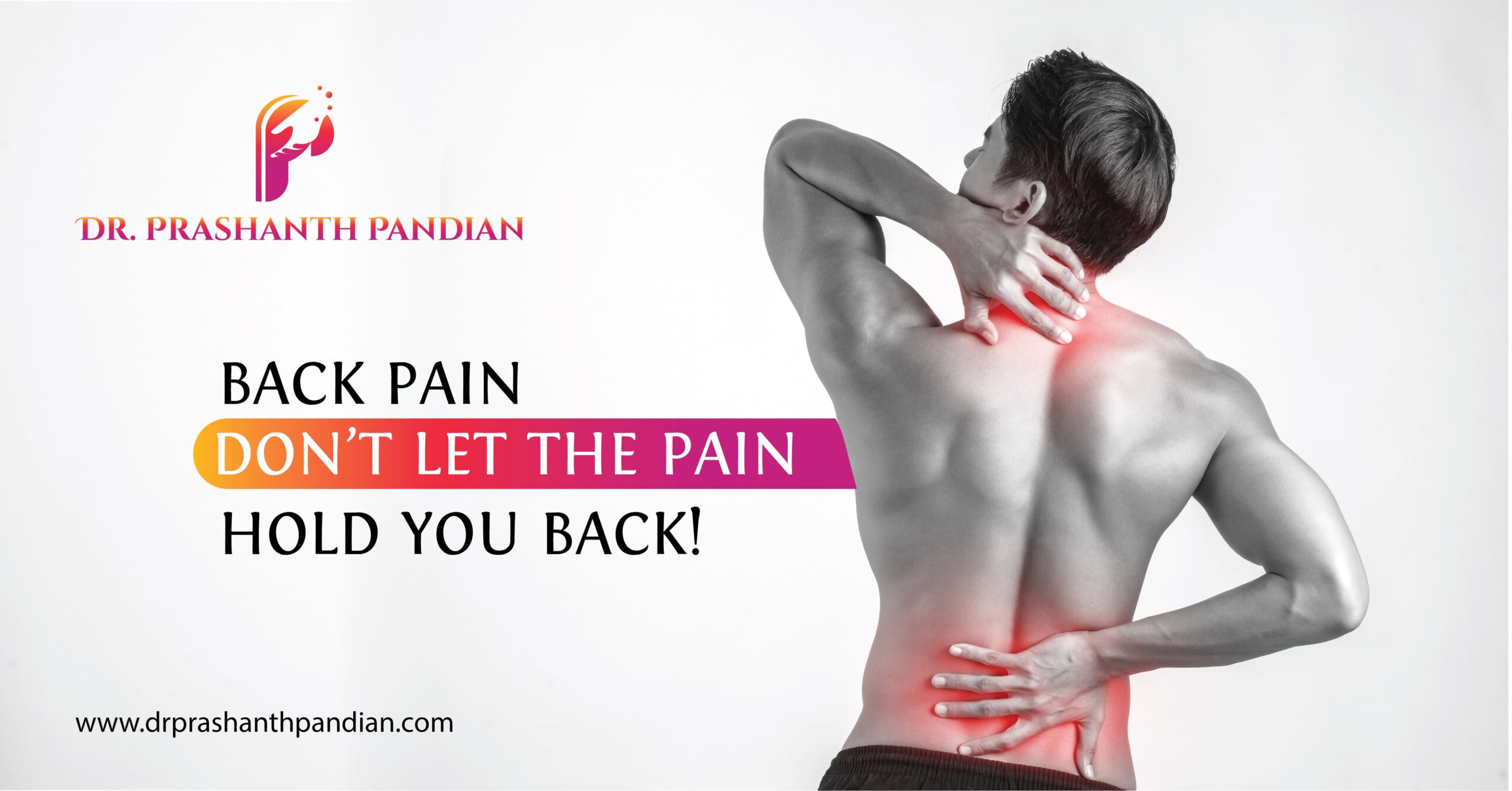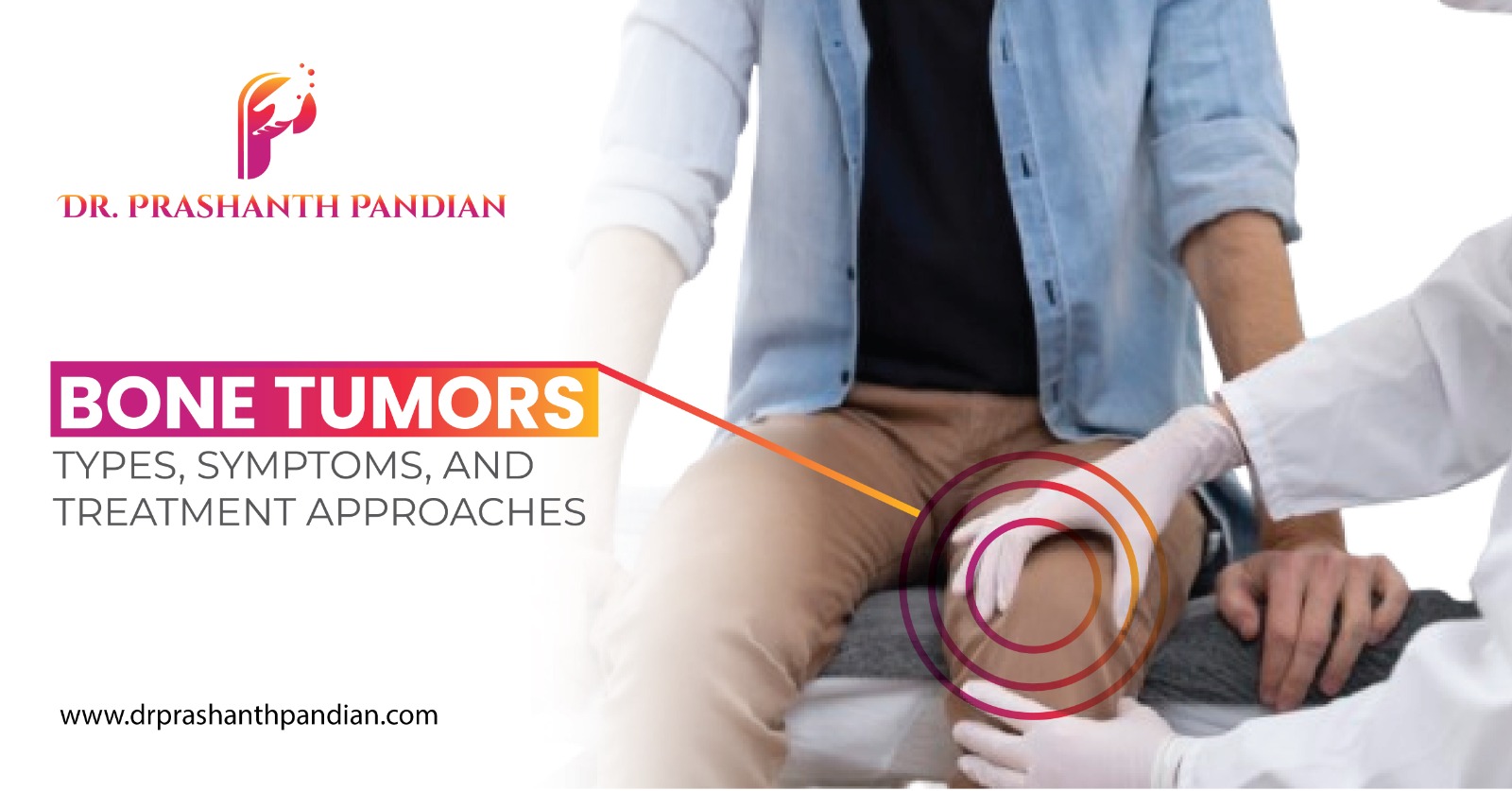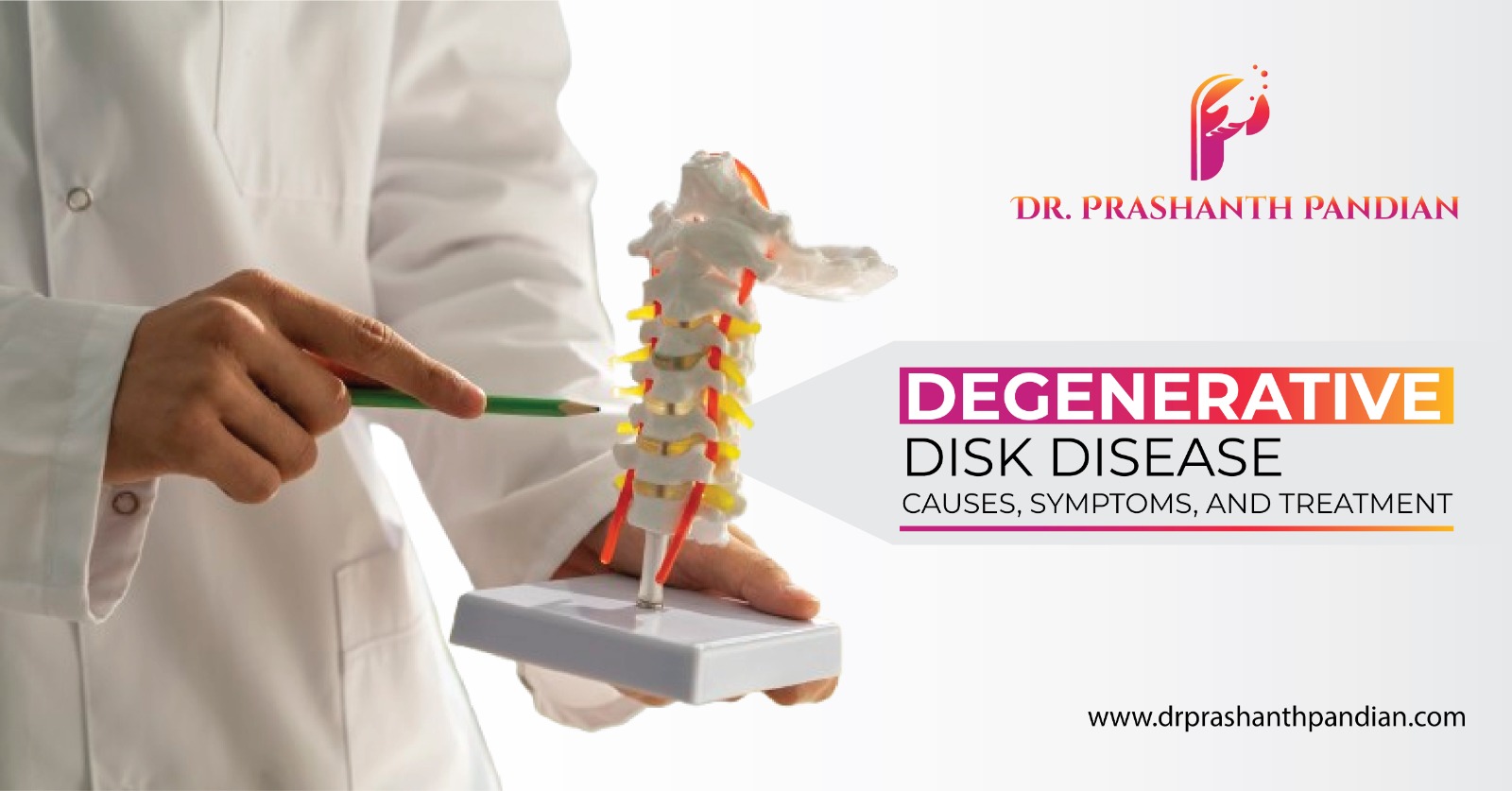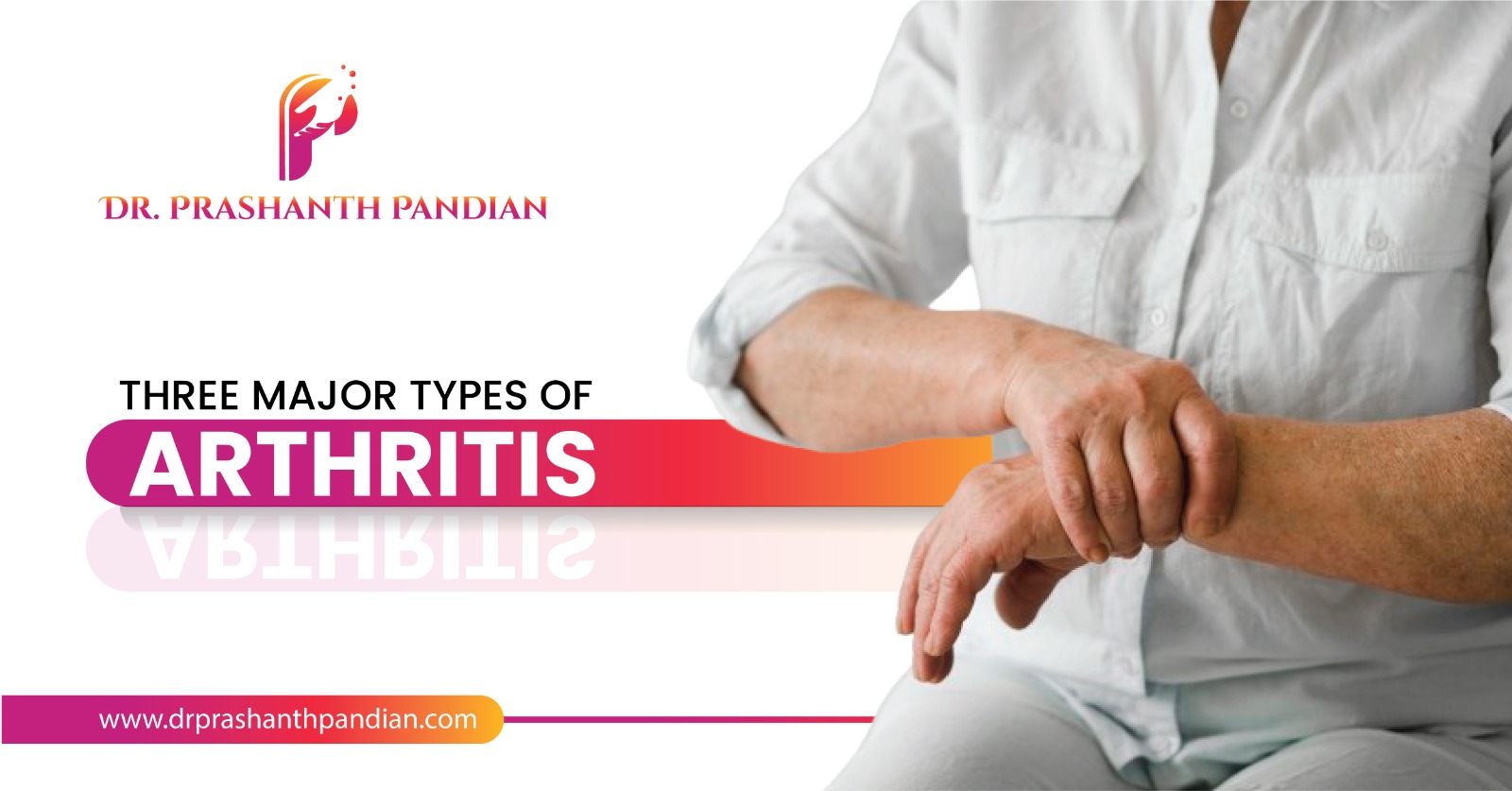Back pain can result from an injury or a stressful activity or due to some medical conditions. It can be uncomfortable and debilitating.
As people get older, the chance of developing lower back pain increases, due to factors such as previous occupation and degenerative disk disease. Back pain can be acute that lasts for up to 6 weeks or chronic or long-term pain lasting for over 3 months.
Causes
Back pain commonly stems from strained muscles or ligaments, a muscle spasm or muscle tension or damaged disks. Injuries, fractures or falls can also lead to back pain.
Lifting something improperly or too heavy or making an abrupt and awkward movement, structural problems such as ruptured disks or bulging disk are some common causes of back pain.
Osteoarthritis, abnormal curvature of the spine, osteoporosis, kidney stones or kidney infection can also cause back pain.
Back pain can also result from activities that include over-stretching, standing or sitting for long periods, straining the neck forward, and sometimes even after coughing or sneezing.
Some medical conditions such as Cauda equina syndrome, a tumor on the spine or an infection of the spine cause back pain.
Bottom of Form
Symptoms
The main symptom of back pain is an ache or pain anywhere in the back, and sometimes all the way down to the legs .Some back problems can cause pain in other parts of the body.
If the pain occurs with weight loss, fever, swelling on the back, after a recent injury, or with numbness around the genitals, the anus or the buttocks consult a doctor.
Diagnosis
Back pain is usually diagnosed based on symptoms and after a physical examination.
An imaging scan and other tests are carried out if the back pain appears to result from an injury or the pain persists over a long period.
An X-ray, MRI, or CT scan and Electromyography are other diagnostic tools.
Treatment
Home treatments: Non-steroidal anti-inflammatory drugs such as ibuprofen can relieve discomfort. A hot compress or an ice pack applied to the painful area may also reduce pain.
Medication: Narcotics and muscle relaxants may be used for short periods.
Physical therapy: Techniques for improving posture may also help.
Cortisone injections: Cortisone helps reduce inflammation around the nerve roots.
Botox: Botox injections are effective for about 3 to 4 months.
Traction: Pulleys and weights are used to stretch the back. It can also relieve pain.
Cognitive behavioral therapy (CBT): CBT can help chronic back pain through relaxation techniques and ways of maintaining a positive attitude.
Complementary therapies: Chiropractic, osteopathy, shiatsu, and acupuncture may help relieve back pain, and also encourage the patient to feel relaxed. Yoga involves specific poses, movements, and breathing exercises and may help strengthen the back muscles and improve posture.
Transcutaneous electrical nerve stimulation (TENS): It encourages the body to produce endorphins and may block pain signals returning to the brain.
Surgery: If a patient has a herniated disk, surgery may be an option. Surgical procedures include fusion, inserting an artificial disk, discectomy or partially removing a vertebra:
Prevention
Exercise helps keep your joints fluid, and a healthy diet of fresh fruits and vegetables keeps your digestive tract on track and together they help prevent joint pain.
Sleep on your side and perform activities that help you reduce stress.
Simple lifestyle changes prevent the on-setting of back pain.




